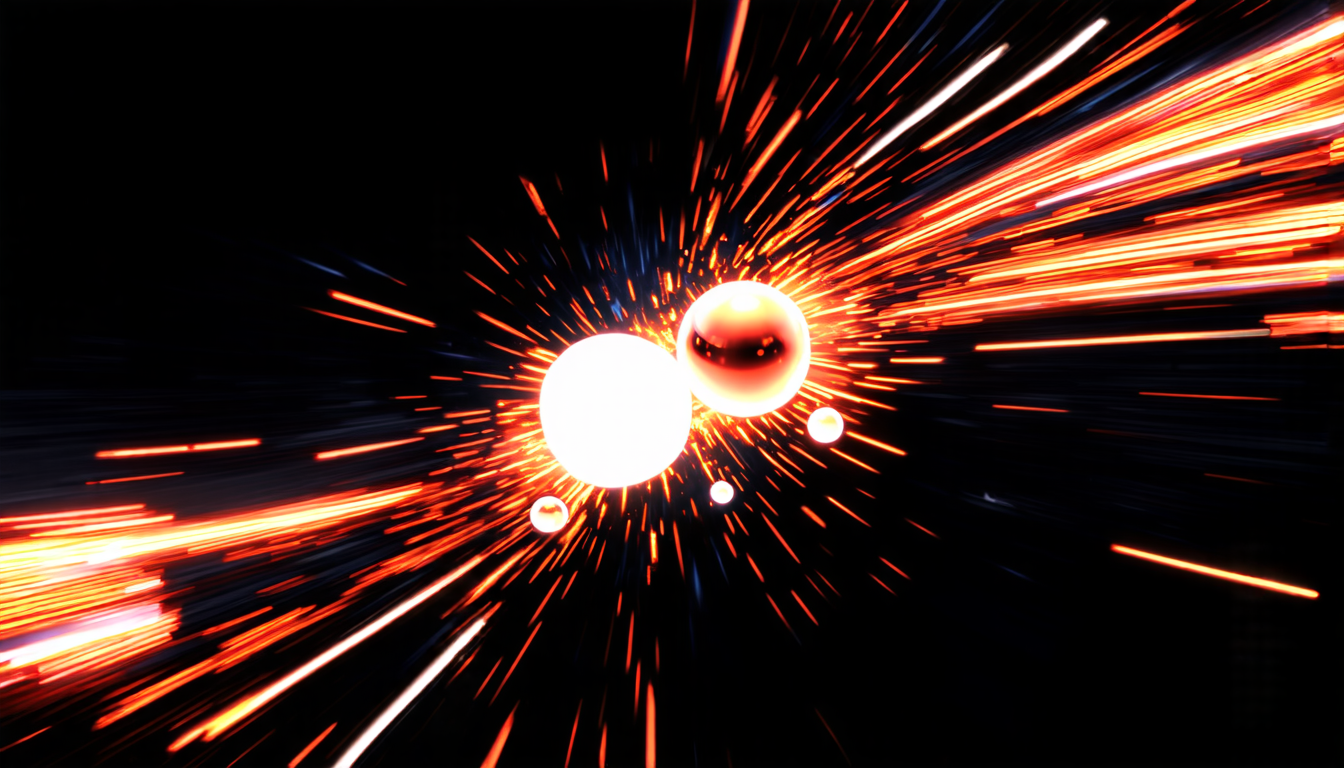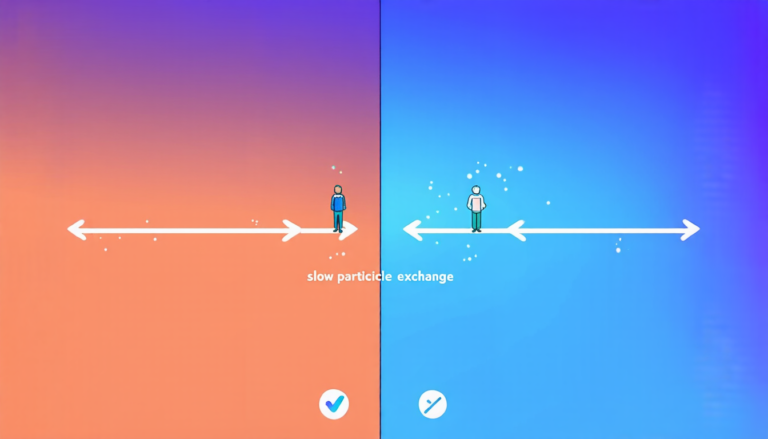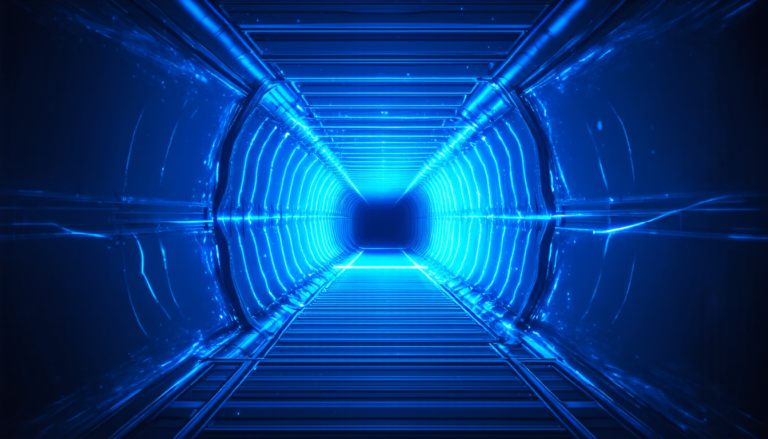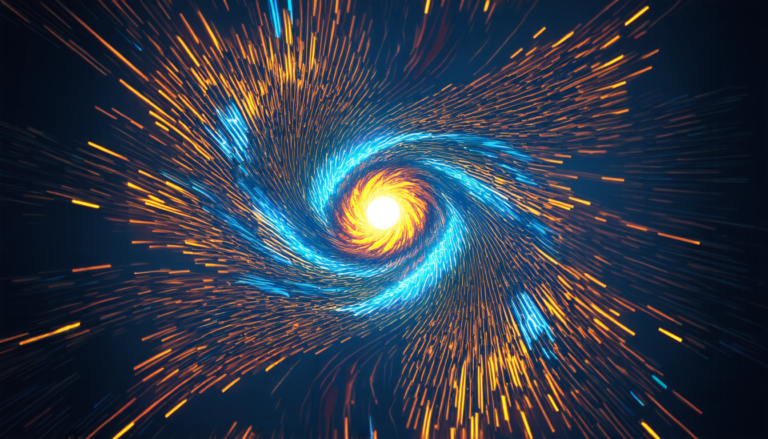Thursday 10 July 2025
Researchers have made significant progress in understanding the behavior of particles at incredibly high energies, a fundamental aspect of quantum chromodynamics (QCD). For decades, scientists have struggled to accurately model the interactions between subatomic particles at these energies, which are crucial for understanding particle collisions and the properties of matter itself.
The team behind this latest breakthrough has developed a method to sum large Pomeron loops in the saturation region, effectively bridging the gap between dipole-dipole scattering and dipole-nucleus scattering. The Pomeron is an object of great interest in QCD, representing the exchange of gluons between particles at high energies.
To put this into perspective, think about two cars crashing into each other at incredible speeds. As they collide, a vast array of subatomic particles are created, which then interact with one another in complex ways. The Pomeron represents the exchange of energy and momentum between these particles as they scatter off each other.
The researchers’ approach relies on rewriting the t-channel unitarity in a form that’s amenable to dipole calculations. This allows them to effectively sum over an infinite series of diagrams, which would be impossible to compute directly. The resulting scattering amplitude is surprisingly simple, yet remarkably accurate in describing particle interactions at high energies.
One of the key implications of this work is that it provides new insights into the behavior of particles at the Large Hadron Collider (LHC). By better understanding how particles interact with each other at these energies, scientists can refine their models and make more precise predictions about the outcomes of collisions. This could lead to breakthroughs in our understanding of fundamental forces and the properties of matter itself.
The researchers’ method also has implications for our understanding of dense systems, such as those found in neutron stars or heavy ion collisions. By studying how particles behave at high energies, scientists can gain valuable insights into the behavior of these extreme systems.
Overall, this latest breakthrough represents a significant step forward in our understanding of particle interactions at high energies. While there is still much to be learned, researchers are excited about the potential implications of this work and the new avenues it opens up for further investigation.
Cite this article: “Unraveling the Mysteries of High-Energy Particle Interactions”, The Science Archive, 2025.
Quantum Chromodynamics, Pomeron, Particle Collisions, High Energies, Subatomic Particles, Gluons, Dipole Calculations, T-Channel Unitarity, Large Hadron Collider, Neutron Stars







